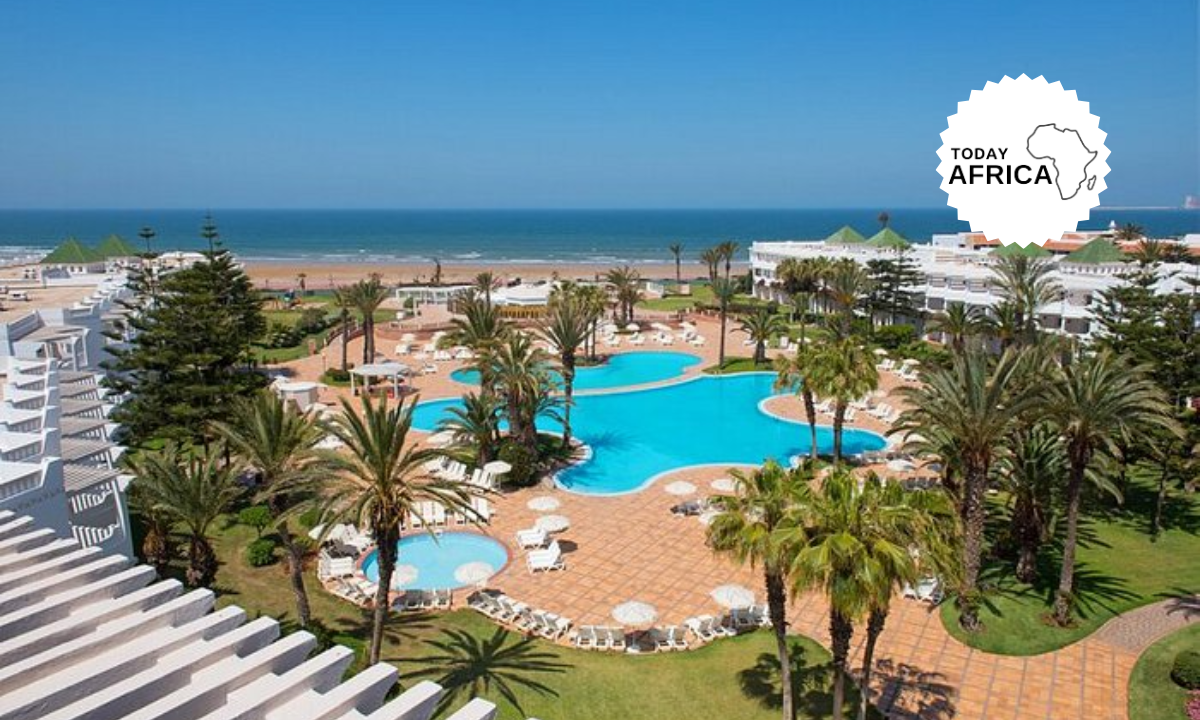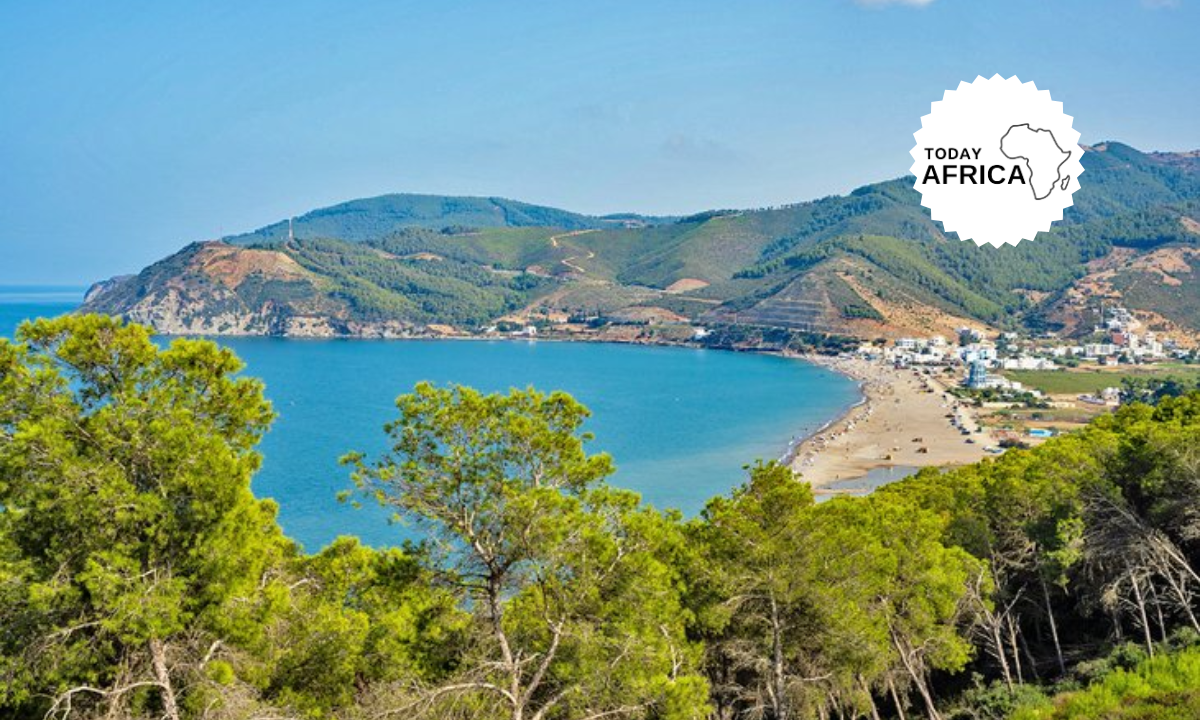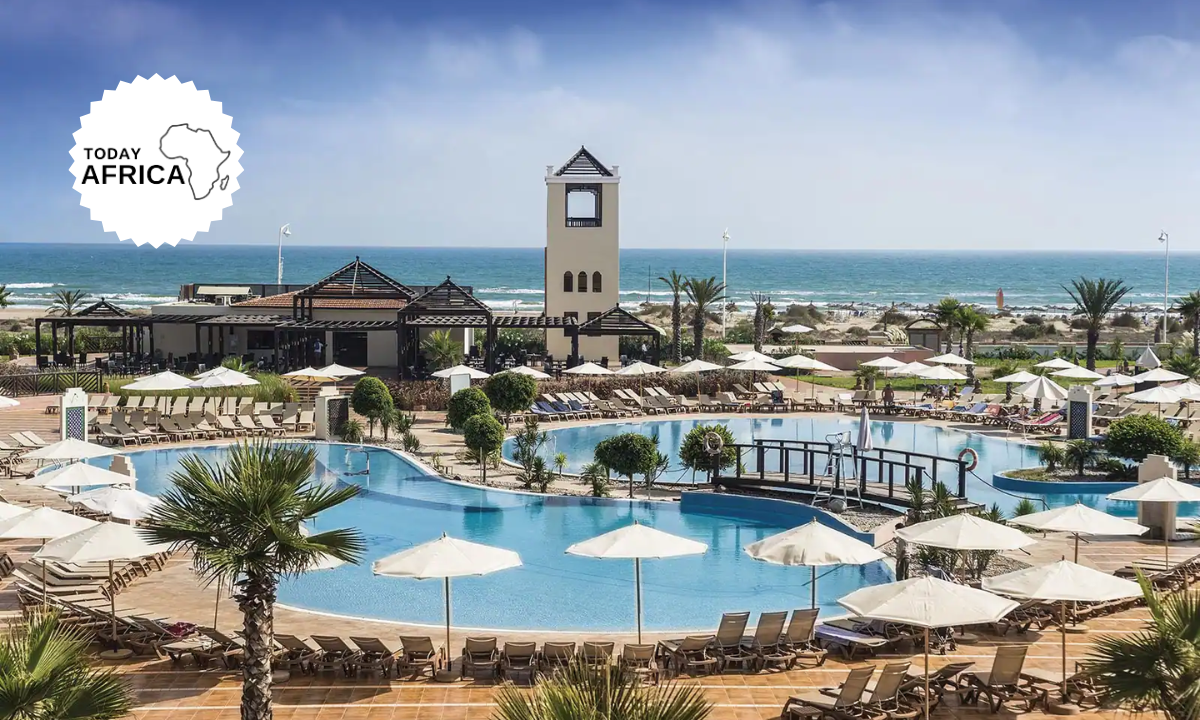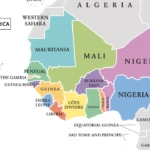Before we delve into exploring Botswana National Parks let’s quickly head down into memory lane.
After the devastating world wars and civil wars ended in most of Southern Africa, wildlife conservation became one of the primary concerns at national parks.
Over the years, safari tourism has become increasingly popular thanks to the enormous attempts to bring wild animals back.
There are a lot of factors for a country to be considered a top safari destination, such as ideal climate, nutritious soil, water sources, and isolation. Botswana national parks offer all of that and more.
With more than 80% of the land allocated to wildlife, Botswana national parks and game reserves are unrivaled.
In this article, we will take a detailed look at the African safari tours in Botswana. Click here for the best safari lodges in Botswana and their prices.
Botswana National Park Regions
Botswana is about the size of France with approximately 224711.456 mi² miles (224711.456 mi), situated between 62.6°F – 80.6°F (17°C – 27°C) and 68°F – 86°F (20°C – 30°C).
One of the features that make Botswana ideal for wildlife is that this country consists mostly of plateaus rather than mountains. The altitude varies slightly throughout the country.
As a geographical region, Botswana can be divided into three distinct terrains. Almost 70% of the country is taken up by the Kalahari Desert in central and southwest Botswana. This is expected in the driest area because this region receives a minimum amount of rain.
The northeast of the country encompasses Makgadikgadi Pans, a large collection of several salt pans that flood seasonally. The central north and northwest are taken up by Okavango Delta, which is Africa’s largest inland delta fed by surrounding rivers like the Chobe River and Zambezi River.
Climate in Botswana
Botswana has a semi-arid climate in general; however, there is a transition from arid to subtropical as you go north. Overall, the country has two distinct seasons, dry and wet. The dry season is between April and October, while the wet season is between November and March.
The average temperature is 57.2°F (14°C) in the dry winter season and 26°C in the wet summer season. The day temperatures are around 25°C (77°F) during winter, but it can get very cold at night with temperatures around 6°C (42.8°F).
Botswana has a semi-arid climate in general; however, there is a transition from arid to subtropical as you go north. Overall, the country has two distinct seasons, dry and wet. The dry season is between April and October, while the wet season is between November and March.
The average temperature is 57.2°F (14°C) in the dry winter season and 26°C in the wet summer season. The day temperatures are around 25°C (77°F) during winter, but it can get very cold at night with temperatures around 6°C (42.8°F).
October is usually the hottest month with a maximum of 36°C (96.8°F). The annual rains that start in November bring relief as the temperature slightly drops to 20°C – 30°C (68°F – 86°F). The rains are usually in the form of heavy showers in the afternoon.
The Kalahari region experiences a long dry season with minimum rainfall to the extent of severe drought. Okavango Delta is the other extreme in the north, where the rains cause part of the delta to be partially submerged. The best time to visit Botswana is during the temperate summer period of May to October with moderate rainfall.
Botswana National Parks Conservation Policies
National Conservation Policies for Botswana National Parks were formulated in the 1980s, spawning the philosophy of ‘Low Volume, High Returns’.
This stood on critical fundamentals: a desire to avoid mass tourism and to maintain an exclusive, quality product; and a recognition that, at the time.
The country lacked the human and system resources to manage the rapidly growing visitor numbers and thus would not be able to protect the resource. ‘Raise the price, reduce the numbers,’ went the thinking. This philosophy still holds.
Forty years ago conservationists first called out ‘Use it or lose it’. Certainly Botswana’s wildlife is now beginning to make money for the exchequer and there seems little doubt that revenues will grow steadily.
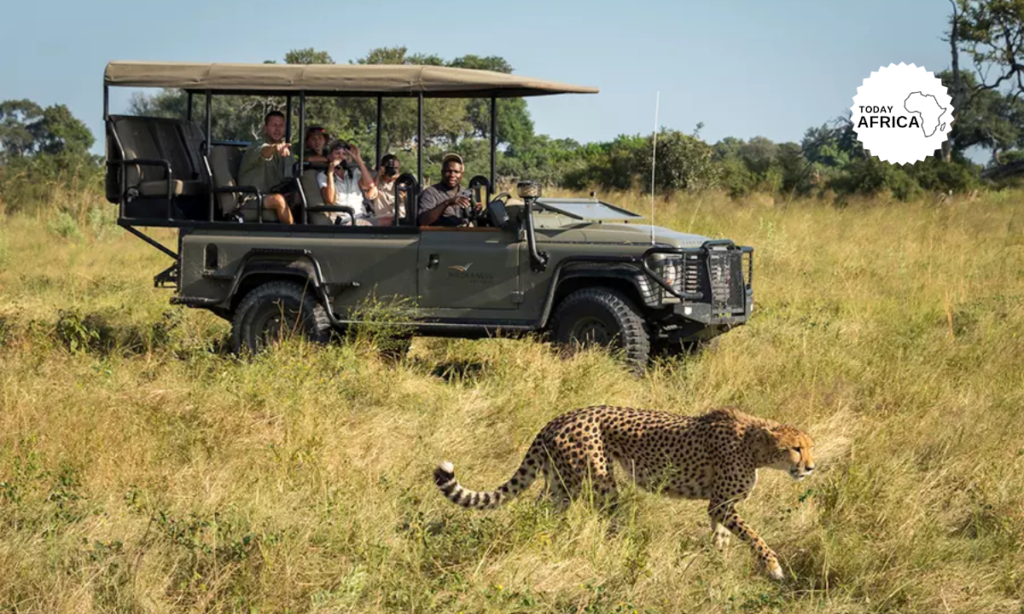
‘Revenues all accrue to central government, which funds an operating budget of over US$1 million. In addition, donors support some research and development initiatives.
The European Union, Norway, Holland and the United States are all generous contributors. Revenues have expanded dramatically in the last decade and are now in the region of US$2 million a year, with around 170,000 visitors annually.
While the desire to maintain the quality of the wildlife experience remains, human resources have improved dramatically and systems are more robust and dependable. Many graduates are now employed and innovation is taking place.
Botswana earns itself a certain amount of regional opprobrium for what some see as unreasonably high Botswana National Parks entry fees. For one night in a Park, an independent South African family of four will spend close to R900.
Officials in Botswana acknowledge the cost but point out that to a similar group of visitors from the UK or USA such experiences, costing something less than £100, seem good value.
Hidden gems
Mention Botswana and most people think of the Okavango Delta. This seemingly limitless wilderness of flood plains and papyrus-flanked channels justly attracts many visitors.
But it is the wilder, less visited parts of Botswana that you will most exciting. Nothing can rival the shimmering image of an elephant, plastered ghostly white in Kalahari dust, emerging from the heat haze at Nxai Pan.
Or, the play of golden light on a herd of springbok skittering away into the desert; or the startling pink flower of a Brunsvigia lily in an area that appears to defy any life or colour.
See Also: Safari Packing List Botswana: Tips on What to Bring
The discovery of a solitary gemsbok lost amidst the empty waste of the Kalahari feels far more rewarding than an easy view of a lion in a game-rich area. To reach the Kalahari’s soul, head for the Tsodilo Hills and search for 1000-year-old bushman paintings on the remote rock walls.
Top 10 Botswana National Parks
1. Chobe National Park
- Location: Lying in the north of the country, the Chobe river borders with Namibia.
- Best time to visit: Wildlife viewing and bird watching is good all year round. October/November is considered the best time for wildlife viewing. This is generally considered to be the dry season when the concentration of animals along the riverfront increases daily. The animals congregate along the River to make use of the life-giving waters in a barren wilderness. October is the hottest month and the peak raining season is during January and February.
- Size: approx 11,000 km² (Botswana’s second largest park)
- Whats to see: The park has the most varied wildlife of all of Botswana’s parks with one of the highest populations of Elephant to be found here. The wide Chobe River is the lifeblood of the area and feeds adjacent flood plains much.
Things to do in Chobe National Park
2. Moremi Game Reserve
- Location: Eastern corner of the Okavango Delta in the north west of Botswana.
- Best time to visit: July to October
- Size: approx 4,870 km²
- Whats to see: Described as one of the most beautiful wildlife reserves in Africa. It combines mopane woodland and acacia forests, floodplains and lagoons. It is the great diversity of plant and animal life that makes Moremi so well known. It is one of the few places where you may be lucky to see a Red Lechwe antelope, but there are also many other animals such as elephants, buffaloes, giraffes, lions, leopards, cheetahs, wild dogs, hyenas and rhinos. The Moremi Game Reserve is also renowned for its birdlife.
Things to do in Moremi Game Reserve
3. Mokolodi Nature Reserve
For those who want to get close to African wildlife without going on safari, this park is ideal. It’s conveniently close to Gaborone but, once you enter the park, you really are in the bush. Whether you stay for a day or a week, Mokolodi offers a magical experience.
Activities include rhino tracking (yes, you can get really close on foot), giraffe tracking, walking with the elephants, game drives, and horse trekking. For many visitors, though, the highlight is the cheetah experience. Once you’ve been licked by a cheetah the memory will stay with you for ever.
The Mokolodi Wildlife Foundation is a charity dedicated to conservation and education projects. All revenues from visitor activities are used to fund these projects.
4. Okavango Delta
- Location: Situated in the north-west of the country.
- Best time to visit: Game viewing is good all year round, but the best months are May to November.
- Size: 16000 sq. kms km²
- What to see: It is home to an abundance of wildlife including crocodile, hippo, water bucks and various fish species which can be seen from safari vehicles and boats. The delta waters meet the sands of the Kalahari desert making the whole area very beautiful and scenic which is why it is referred to as the ‘Jewel of the Kalahari’.
- Nearby towns: Maun is the main town of the region and situated on the southern edge of the Delta. It is Botswana’s main tourist capital. Having one of the busiest centres in the country as flights from Gaborone, Victoria Falls, South Africa and Namibia fly there daily.
5. Central Kalahari Game Reserve
- Location: Situated in the centre of the country.
- Best time to visit: November to March – when it may rain. May to October is hot, dry and dusty in the Kalahari with little water and limited animals.
- Size: approx 52,000 km²
- Whats to see: Home to a wide variety of antelopes including eland, gemsbok, kudu, red hartebeest and springbok and also has a number of wildebeest, giraffe, lion, cheetah, leopard, wild dog and brown hyena. The majority of the park is flat, vast open plains. Deception Pan is the parks most popular spot because it attracts large numbers of game after the rains from February to April.
6. Makgadikgadi Pans National Park
Makgadikgadi is the second largest salt pan in the world after Bolivia’s Uyuni Salt Pan. Although it is mostly desolated throughout the year, annual rains help the growth of grassland nutritious for herbivores. So, the region receives a massive migration of zebra, springbok, and blue wildebeest, followed by large predators like lions and leopards.
Things to do in Makgadikgadi Pans National Park
7. Nxai Pan Game Reserve
Nxai Pan, one of the largest` pans in Makgadikgadi, has a separate game reserve. Its fauna and flora are similar to the rest of Makgadikgadi. But Nxai Pan has a bonus sight of the famous Baines’ Baobabs, a rare Baobab species that was depicted in the stories and paintings of the famous explorer Thomas Baine.
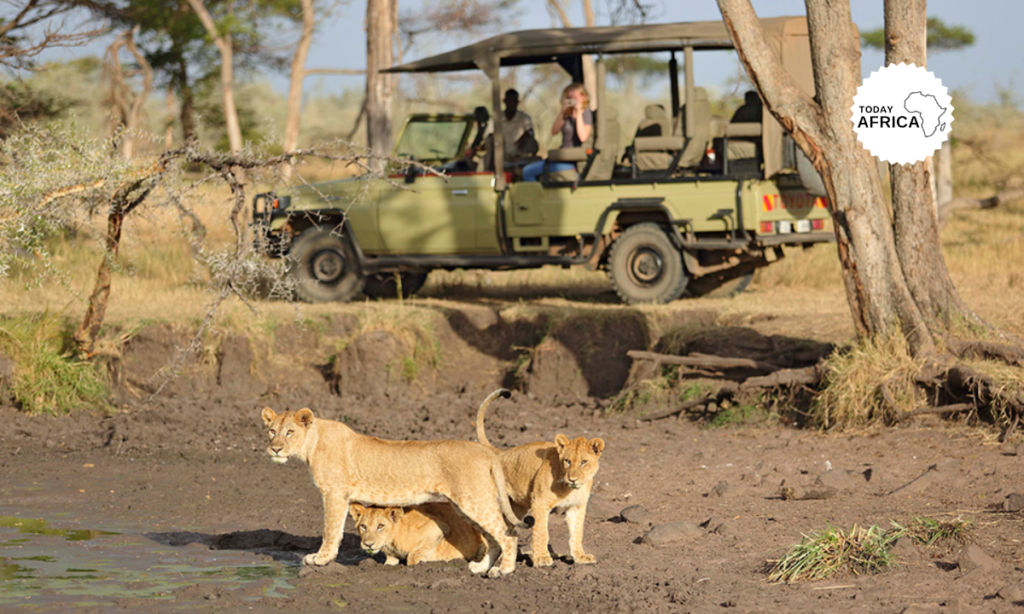
8. Stevens Ford Game Reserve
This private game reserve is part of the Tuli Block near the Limpopo River. It offers a relaxing getaway at luxurious cottages and campsites next to wildlife viewing areas with species of zebra, giraffe, waterbuck, hippo, crocodile, eland, and occasional big cats.
9. Khutse Game Reserve
This private game reserve is 240 km to the north of Gaborone and bound by Central Kalahari and Makgadikgadi in the north. It encompasses geographical features of both Kalahari and Makgadikgadi, creating a stunning landscape with salt pans and dunes. Khutse Game Reserve is also home to small San and Bakgalagadi Villages.
10. Mashatu Game Reserve
botswana national parks giraffesPin this image on Pinterest
Mashatu is in the northern Tuli Block towards the eastern tip. This large private game reserve offers some of the best viewings of leopard, wild dog, and elephant in the country, although rhino and buffalo are absent.
Frequently Asked Questions
Can you wear shorts on Safari?
Yes, you can. However, that leaves you vulnerable to insect bites and sunburns, so we strongly advise against it.
Does it get cold in Botswana?
Southern Africa countries like Botswana and South Africa which are located in the Southern Hemisphere close to the poles do experience relatively cold weather. It surely does get cold at night and early in the morning, especially during the dry season. The temperatures can drop below 50ºF (10ºC) in the Kalahari area.
Do I need a passport or visa to go to Botswana?
You need a passport, but Botswana doesn’t require a visa for citizens from certain countries. Check the official website to see what the current requirement for your country is.
Is Maun, Botswana safe?
Maun is generally a safe place, and violent crime is rare. However, you still need to be vigilant and protect yourself from petty theft and avoid walking alone in the dark.
Conclusion
Botswana, a sparsely populated country, protects some of Africa’s largest wilderness areas. With a Safari-based tourism-strongly controlled and often upscale, this vast land of nature is an important source of revenue for the country.
Botswana is also second to the largest producer of diamonds in the world and has been transformed by trade into a middle-income nation (source: world’s largest producers of diamonds).
References:

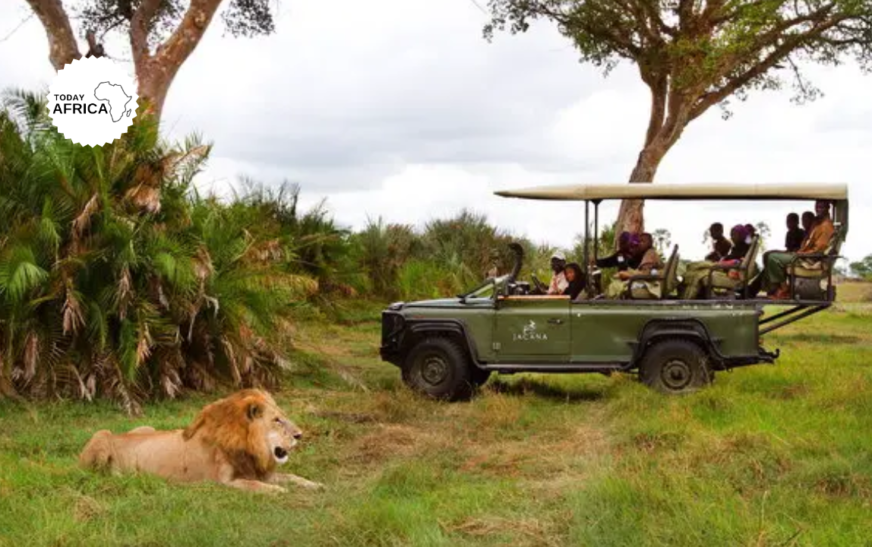



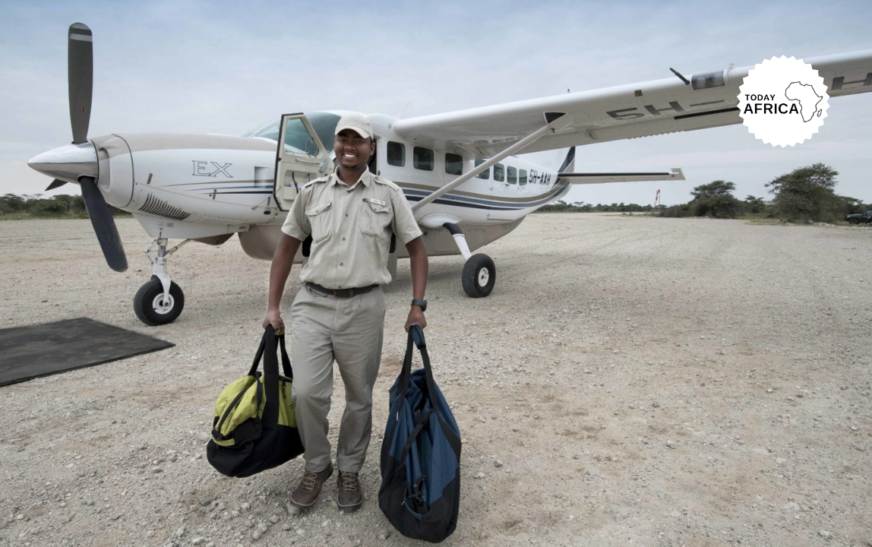
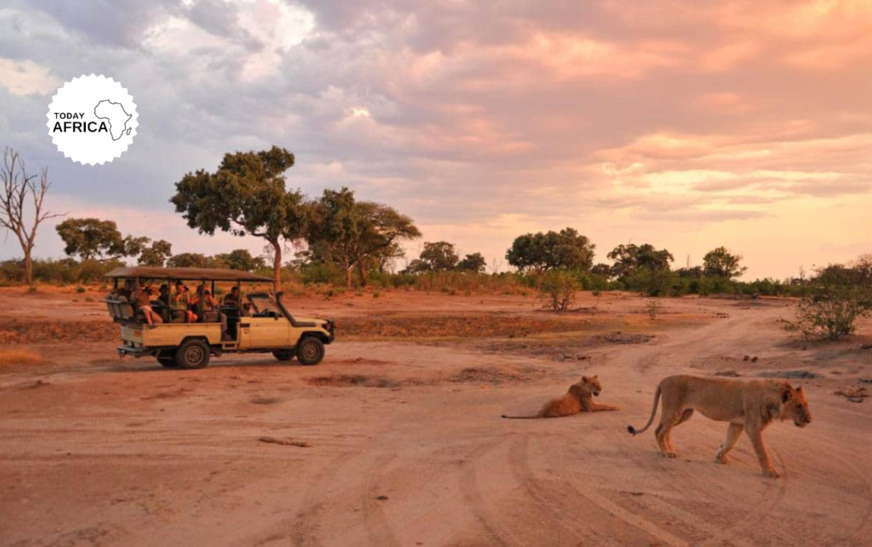
![15 Best Beaches in Morocco to See This Year [& Essential Packing List]](https://todayafrica.co/wp-content/uploads/2023/12/Blue-Simple-Dad-Appreciation-Facebook-Post-1200-×-720-px-6-9.png)
